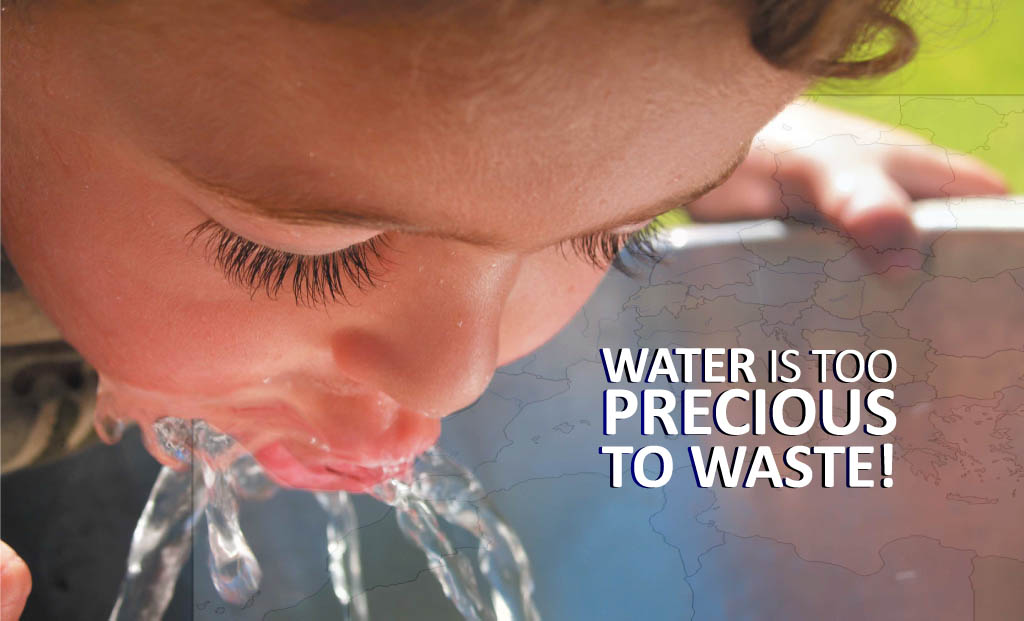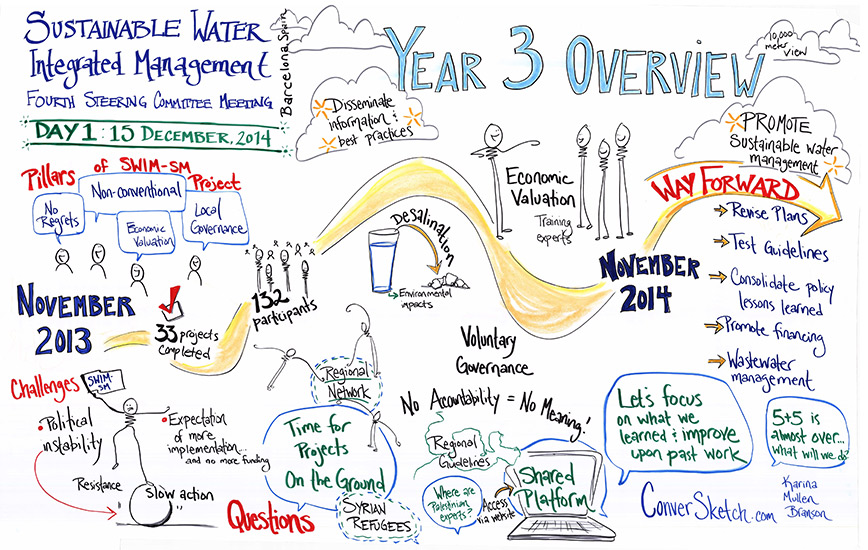Global figures point out that desalination is one of the most expensive water supply options. Some countries, however, have no other alternative. They have actually exhausted all possibilities but still suffer of a water supply gap. For others, it is crucial to determine the feasibility of desalination and compare it to other options before taking the final decision. Feasibility studies of desalination plants should take into consideration costs related to the environmental degradation due to carbon emissions and brine discharge. Economics and financials vary considerably between countries and consequently feasibilities of desalination plants. Since variability precludes a decision on feasibility of desalination, this study aims to serve as a decision support tool to help decision makers draw conclusions on economic feasibility of desalination.
The main objective of this study is to undertake a socio-economic and environmental cost analysis of supplying water through desalination, and compare it with other options for increased water supply such as reuse of treated water, water demand management, policy options, incentives, etc. Economic theory mixed with a hypothetical example and supported by case studies from countries in the Mediterranean and other regions help the reader/user properly understand all the implication of desalination projects and make an accurate decision.
As it cannot advise on feasibility due to reasons stated earlier, the study starts with an identification of socio-economic and environmental costs of desalination and other options, it then compares the opportunity cost of desalinationor, in other words, foregone benefits for investing in desalination versus other water supply options. Since the opportunity cost analysis is important to carry out the study provides guidelines for performing opportunity cost analysis for supplying water through desalination. It finally concludes by highlighting a set of suggested recommendations to be taken into account in performing such an analysis. Some of these recommendations are listed below:
· Socio-economic and environmental cost and benefits for supplying water through desalination should include the health and environmental costs of CO2 emissions
· Opportunity cost for desalination plants should be fully considered and accounted for.
· Other options include investing in a decentralized wastewater treatment facility, investing in upgrading and improving the water network to reduce wastage. Other demand management water saving measures include investing in storage and recycling facilities, new irrigation techniques, wastewater treatment, reuse and recycling, ecosystems that promote water conservation and provides purification services.




